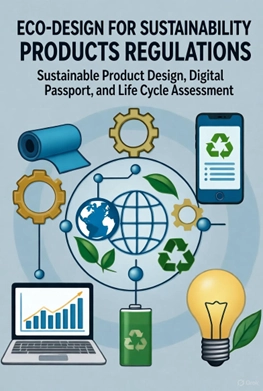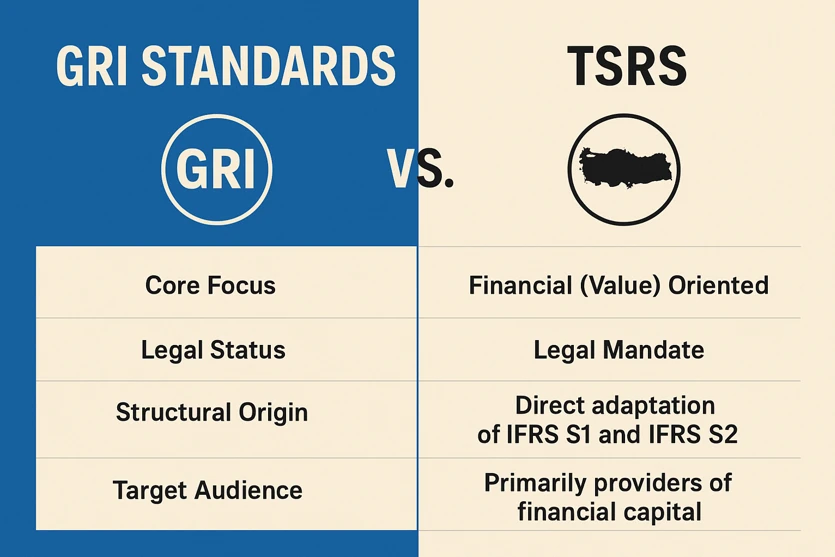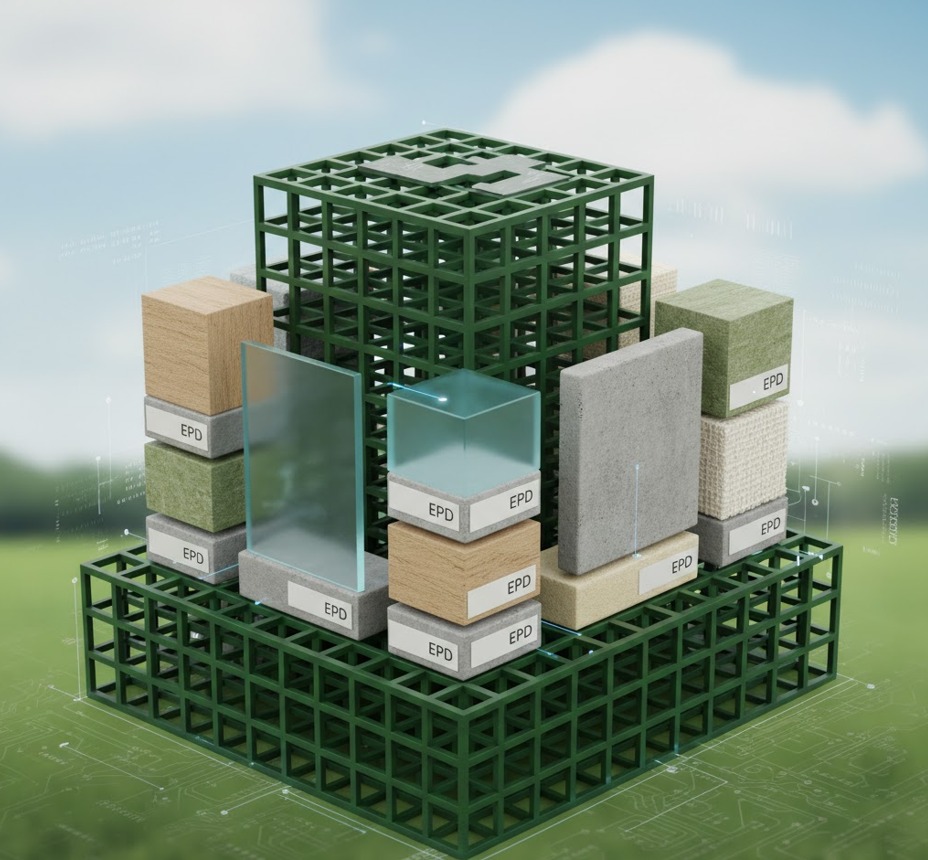Introduction
As part of the European Green Deal, the European Union (EU) is implementing comprehensive regulations to strengthen its sustainability goals. In this context, the Ecodesign for Sustainable Products Regulation (ESPR – Regulation (EU) 2024/1781), which entered into force on July 18, 2024, provides a framework aimed at minimizing the environmental impact of products. The ESPR expands upon the former Ecodesign Directive (2009/125/EC), applying not just to energy-related products but to nearly all physical goods (excluding food, feed, and medicinal products). This regulation aims to improve product durability, repairability, and recyclability, and to reduce their overall environmental footprint.
On the other hand, Life Cycle Assessment (LCA) is a systematic method for analyzing the environmental impacts of a product throughout its entire life cycle, from raw material extraction to production, use, recycling, and waste management. This article will examine the relationship between ESPR and LCA, discussing how LCA plays a fundamental role in achieving ESPR compliance. This relationship forms the core of the EU’s circular economy strategy and offers businesses a data-driven approach to sustainable design.
What is ESPR and What Does It Introduce?
ESPR is a framework regulation that ties the placing of products on the EU market to sustainability criteria. Its key features include:
- Ecodesign Requirements: It regulates aspects of products such as durability, reusability, energy and resource efficiency, and recyclability. These requirements will be detailed through product-specific delegated acts, with priority products (including textiles, furniture, electronics, iron, steel, and aluminum) to be addressed in the 2024-2027 work plan.
- Digital Product Passport (DPP): A system that makes product information (e.g., material composition, environmental impact data, repair instructions) accessible through tools like QR codes. This enhances transparency across the supply chain and verifies compliance.
- Unsold Goods and Prohibitions: It prohibits the destruction of unsold goods (e.g., for clothing and footwear, starting in 2026) and promotes green public procurement. The regulation contributes to the EU’s 2050 carbon neutrality target.
What is LCA?
LCA is a standardized method (according to ISO 14040/14044 standards) that measures the environmental impacts of a product throughout its life cycle (cradle-to-grave). This analysis covers factors such as greenhouse gas emissions, resource consumption, water use, and waste generation. LCA provides data for making improvements in product design and calculates environmental footprints (e.g., carbon footprint, material footprint). In the EU, tools like the Product Environmental Footprint (PEF) are based on LCA methodology.
The Relationship Between ESPR and LCA
The relationship between ESPR and LCA is both complementary and essential. While ESPR mandates that products must be sustainable, LCA is the primary tool for measuring and verifying these requirements. Specifically:
- Environmental Impact Assessment: ESPR requires the reduction of products’ life cycle impacts; LCA quantitatively calculates these impacts (emissions, resource use). For instance, ESPR’s performance requirements (durability, recyclability) are determined and improved based on LCA data.
- DPP Integration: The results of an LCA are integrated into the DPP, ensuring the transparency of product information. This creates traceability in the supply chain and facilitates the tracking of substances of concern.
- Compliance and Incentives: LCA is a mandatory data source for ESPR compliance. By identifying environmental hotspots through LCA, businesses can optimize sustainable design. This relationship supports circular economy goals and plays a central role in the EU’s overall sustainability strategy.
In summary, LCA is the “data backbone” of ESPR: the regulation sets the sustainability standards, while LCA provides the evidence-based analysis to achieve them.
Examples and Applications
- Textile Sector: While ESPR will increase recycling rates for textiles, LCA verifies design changes (e.g., the use of recycled materials) by calculating the product’s life cycle emissions.
- Electronic Products: LCA assesses the energy efficiency and waste reduction of electronic devices; ESPR then implements repairability requirements based on this data.
- Iron and Steel: For these products included in the ESPR work plan, LCA is used to minimize their carbon footprint.
Challenges and Benefits
Challenges: The complexity and data collection costs of LCA can be a burden, especially for SMEs. Benefits: However, the benefits outweigh the challenges. LCA provides a competitive advantage, generates resource savings, and increases transparency. The ESPR-LCA integration offers innovation opportunities for businesses.
| Elements | Role of ESPR | Role of LCA | Example of Relationship |
| Design | Sets sustainability standards | Calculates environmental impact | Design optimized with LCA data |
| Information Sharing | Mandates the DPP | Serves as the data source | LCA results are included in the DPP |
| Compliance | Defines performance requirements | Acts as a verification tool | Calculation of the environmental footprint |
| Economic Impact | Promotes the circular economy | Leads to cost reduction and innovation | Competitive sustainable products |
Conclusion
The relationship between ESPR and LCA forms the foundation of the EU’s sustainability vision: ESPR sets the rules, while LCA makes these rules applicable and measurable. By adopting LCA early, businesses can ensure ESPR compliance and gain a competitive edge. In the future, this integration will position the EU as a global leader in sustainability. For more information, please visit the European Commission’s ESPR page.






